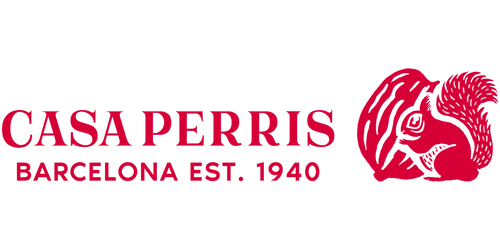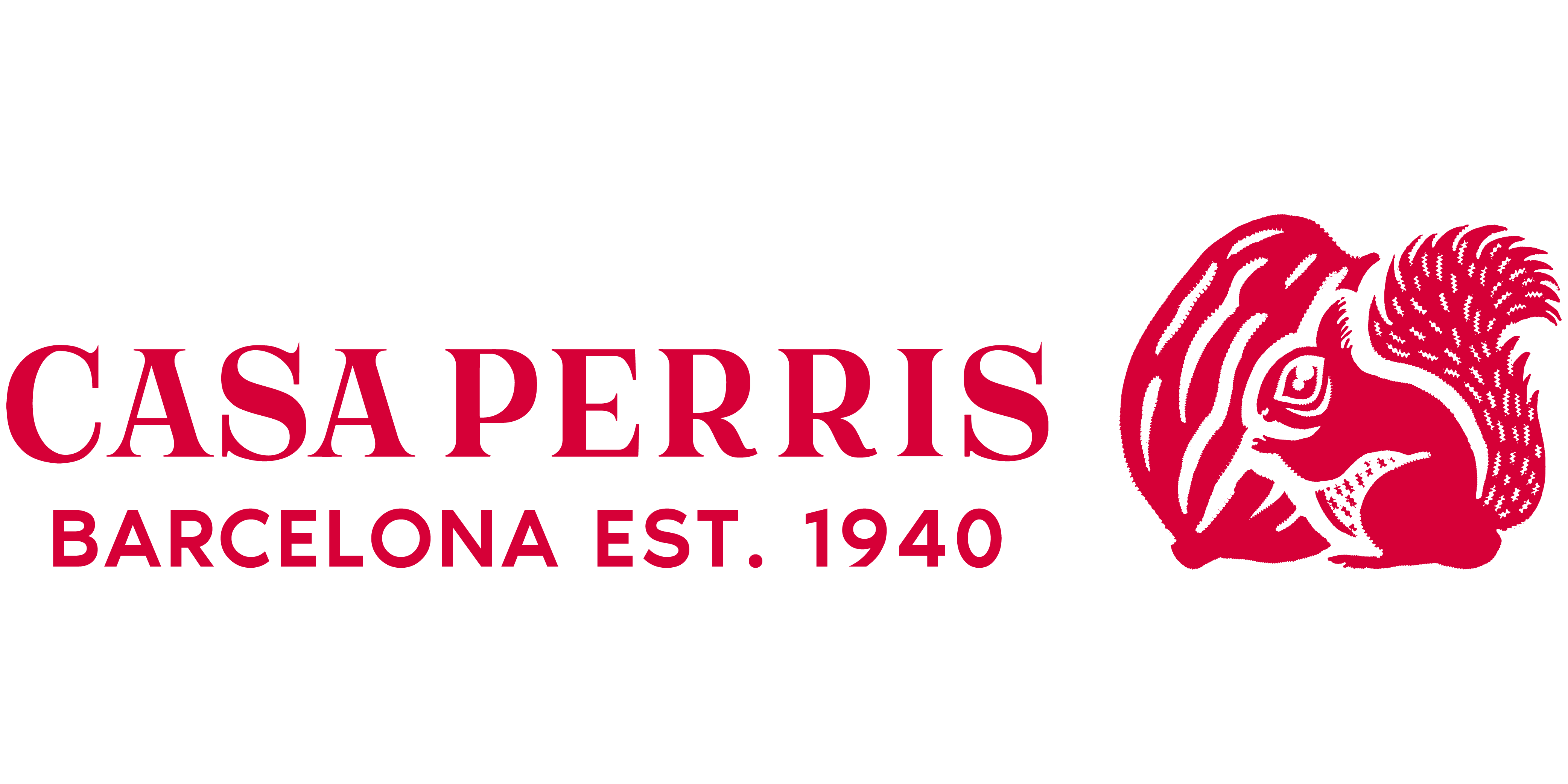Process to obtain the pilonga chestnut
Galicia is the birthplace of pilonga chestnuts , the ancient method consisted of harvesting the chestnuts and letting them dry for 7 to 10 days. The chestnuts were then placed over the coals to cook in the heat and smoke. This was done so that the chestnut skin could be extracted more easily. To extract the skin, they were placed in bags and with light blows the skin simply came off.YOU MAY ALSO BE INTERESTED IN: ''PROPERTIES OF CHIA AND HOW TO TAKE IT''
With this process, the chestnut lost water by up to 80%, but in this way not only were all its properties preserved in greater concentration, but other properties were also attributed to them. Let's see what the properties of the pilonga chestnut are:What are the benefits of Chestnut Pilonga?
It is an energy food They are rich in complex carbohydrates, and retain very low levels of fat. They are also rich in vitamin B and iron, preventing anemia . These characteristics make pilonga chestnuts an energetic food capable of satisfying hunger and combating discouragement. Recommended for people with a controlled diet and for those who engage in high-performance sports. Control hypertension
The pilonga chestnut retains a high potassium content, which acts as a diuretic, thus controlling fluid retention.
Ideal for the celiac community
It does not contain gluten, which makes this fruit a real alternative for people with celiac disease. The pilonga chestnut, after going through the drying and roasting process, can be transformed into flour and included in the daily diet.
Provides fiber
Because it is a dried fruit, it is composed of a valuable amount of fiber, recommended to avoid constipation and cleanse the intestinal tract.
How is the Pilonga Chestnut used?
Although the chestnut is the nut with the lowest caloric value, it is comparable to wheat for its various uses . It is even considered as a substitute for wheat, a characteristic that is mainly important for the celiac community. Its main use is in the form of flour which is used to make breads, cakes, pastries and pastas, also as a thickener for sauces and an endless number of alternatives in both sweet and savory recipes.
Control hypertension
The pilonga chestnut retains a high potassium content, which acts as a diuretic, thus controlling fluid retention.
Ideal for the celiac community
It does not contain gluten, which makes this fruit a real alternative for people with celiac disease. The pilonga chestnut, after going through the drying and roasting process, can be transformed into flour and included in the daily diet.
Provides fiber
Because it is a dried fruit, it is composed of a valuable amount of fiber, recommended to avoid constipation and cleanse the intestinal tract.
How is the Pilonga Chestnut used?
Although the chestnut is the nut with the lowest caloric value, it is comparable to wheat for its various uses . It is even considered as a substitute for wheat, a characteristic that is mainly important for the celiac community. Its main use is in the form of flour which is used to make breads, cakes, pastries and pastas, also as a thickener for sauces and an endless number of alternatives in both sweet and savory recipes.
 Given their dehydration process, pilonga chestnuts should be soaked for at least 12 hours and boiled for 60 minutes.
Given their dehydration process, pilonga chestnuts should be soaked for at least 12 hours and boiled for 60 minutes.


